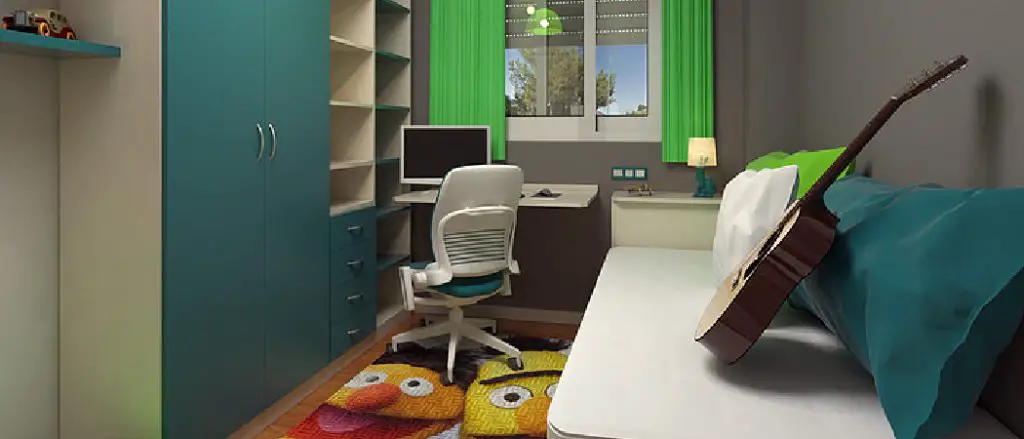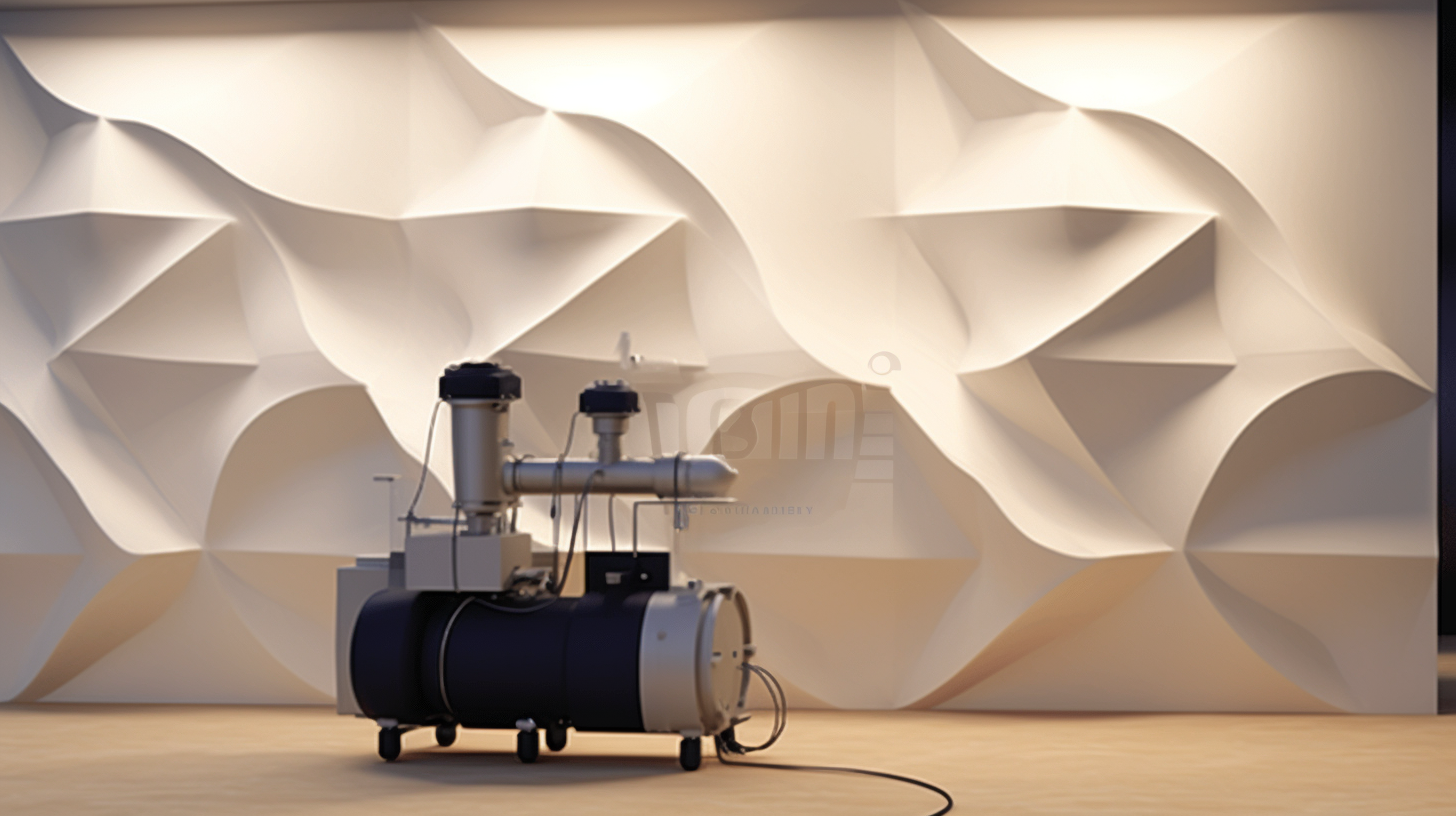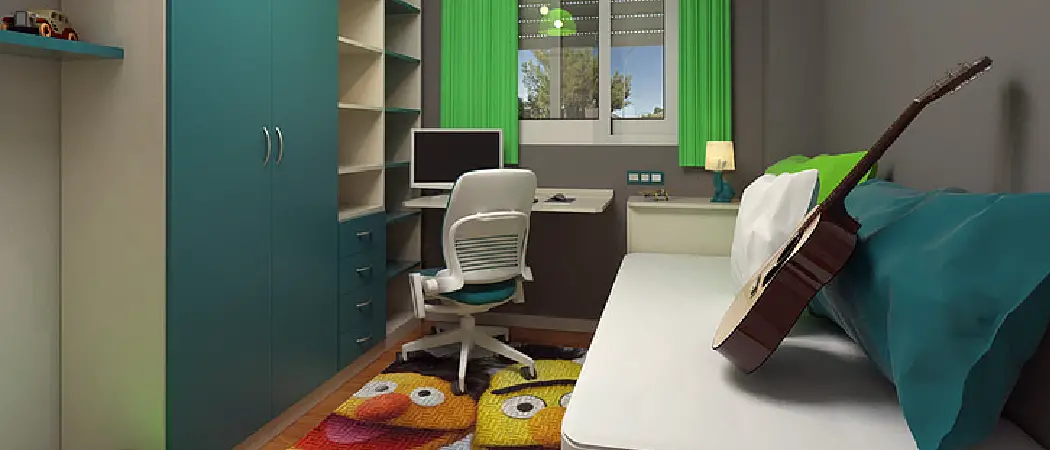To soundproof a closet, use acoustic foam panels on the walls and doors, and consider adding weatherstripping to prevent sound leaks. Are you tired of hearing noises from your closet that disturb your peace and quiet?
Whether it’s noisy neighbors, chatty roommates, or a loud heating system, soundproofing your closet can help create a peaceful sanctuary. We will explore some effective methods to soundproof your closet without breaking the bank. By following these simple steps, you can minimize sound transmission and enjoy a quieter and more relaxing environment in your home.

So, let’s dive in and discover how to soundproof your closet in the most efficient way possible. If you want to know more about how to soundproof a closet, Read this content!
Assessment And Planning
Before soundproofing a closet, it’s crucial to assess noise sources and set clear goals.
Identify Noise Sources
- Pinpoint where noise enters the closet.
- Check for gaps, vents, and thin walls as noise entry points.
- Identify if noises are airborne or impact-related.
Determine Soundproofing Goals
- Decide the level of sound reduction required.
- Set a budget for soundproofing materials and methods.
- Consider the closet’s purpose to customize the soundproofing approach.

Materials Needed
To soundproof a closet, you’ll need materials such as acoustic foam panels, soundproof blankets, weatherstripping tape, and a door sweep. These items help to absorb and block noise, creating a quieter space ideal for recording studios or storage areas in your home.
To soundproof your closet effectively, you will need a few essential materials. These materials are designed to block and absorb sound waves, creating a quieter and more peaceful space. Here are the key materials you will need:
1. Soundproofing Sealant
Soundproofing sealant is a versatile material that helps seal gaps and cracks in your closet, preventing sound from leaking out or entering. It is an excellent solution for areas where acoustic panels or other soundproofing materials cannot be easily installed. This sealant works by creating an airtight barrier that minimizes sound transmission. Look for a high-quality soundproofing sealant that is specifically designed for acoustic applications.
2. Acoustic Panels
Acoustic panels are a popular choice for soundproofing closets. These panels are made from sound-absorbing materials, such as foam or fabric, and are designed to reduce echo and reverberation. They can be easily mounted on the walls of your closet, absorbing sound waves and preventing them from bouncing off hard surfaces. When choosing acoustic panels, consider their thickness, density, and fire safety ratings to ensure optimal soundproofing performance.
3. Mass Loaded Vinyl
Mass loaded vinyl, also known as MLV, is an effective soundproofing material that can be used in closets. This dense and flexible material is specifically designed to block noise transmission. MLV can be applied directly to the walls, ceiling, and floor of your closet to create a sound barrier. It effectively absorbs and blocks sound waves, preventing them from passing through. Look for MLV that is at least 1/8 inch thick for the best results.
4. Weatherstripping
Weatherstripping is a commonly used material for soundproofing closets. It is typically used to seal gaps around doors and windows, preventing drafts and air leaks. However, it can also be used to minimize sound transmission. By applying weatherstripping to the edges of your closet door, you can create a tighter seal and reduce the amount of noise that enters or escapes. Choose weatherstripping that is made from durable and flexible materials like rubber or silicone for long-lasting effectiveness.
In summary, to soundproof your closet effectively, you will need soundproofing sealant, acoustic panels, mass loaded vinyl, and weatherstripping. These materials work together to create a sound barrier, preventing noise from escaping or entering your closet. By investing in these materials and following the proper installation techniques, you can transform your closet into a quiet and peaceful space.
Preparation
Preparation is key when it comes to soundproofing a closet. Before you begin the soundproofing process, it’s important to properly prepare the space to ensure the best results. This involves clearing the closet, measuring the space, and gathering the necessary materials. Let’s take a closer look at each step in detail.
Clearing The Closet
Before you can start soundproofing, you need to clear out the closet entirely. Remove all items, clothes, and hangers to create a clean, empty space. This will allow you to assess the entire area and identify any potential sources of noise leakage.
Measuring The Space
Next, you’ll want to accurately measure the dimensions of the closet. This will help you determine the amount of soundproofing materials required and ensure that you cover every inch of the space effectively. Use a tape measure to record the width, height, and depth of the closet.

Soundproofing Techniques
When soundproofing a closet, there are several effective techniques you can utilize to minimize noise leakage. Here are some key methods for soundproofing a closet:
Sealing Gaps And Cracks
To prevent sound from escaping, seal any gaps or cracks in the closet walls using acoustic sealant or weatherstripping. Make sure to address all openings to achieve efficient soundproofing.
Installing Acoustic Panels
Acoustic panels can drastically reduce noise transmission in a closet. Install these panels on the walls to absorb sound and improve sound quality within the space.
Applying Mass Loaded Vinyl
Mass Loaded Vinyl is a dense material that effectively blocks sound. Apply it to the walls or doors of the closet to enhance soundproofing and create a quieter environment.
Additional Tips
For soundproofing a closet, consider using foam or fiberglass panels on the walls and door to absorb sound. Thick curtains and weather stripping can also help reduce noise. Additionally, installing a solid-core door and sealing any gaps with caulk can further minimize sound transfer.
Once you have implemented the basic soundproofing techniques for your closet, there are a few additional tips that can further enhance its soundproofing capabilities. These tips include:
Using Thick Carpets Or Rugs
One effective way to soundproof your closet is by using thick carpets or rugs. These soft materials act as sound absorbers, reducing the noise that enters or exits the closet. Place the carpet or rug on the closet floor to minimize the transmission of sound vibrations through the floorboards. Ensure that the carpet or rug covers the entire floor area of the closet.
Layering Soundproofing Materials
An additional method to enhance soundproofing involves layering soundproofing materials. By combining different materials with distinct soundproofing properties, you can create a more effective barrier against noise. Start by applying a layer of soundproofing foam on the walls of the closet. Then, affix mass-loaded vinyl (MLV) or soundproofing curtains on top of the foam for added sound insulation. This layered approach significantly minimizes sound transmission and improves the soundproofing performance of the closet.
If you are interested in a visual representation of the different soundproofing materials and their effectiveness, refer to the table below:
| Soundproofing Material | Effectiveness |
|---|---|
| Soundproofing Foam | Good |
| Mass-Loaded Vinyl (MLV) | Excellent |
| Soundproofing Curtains | Very Good |
By incorporating the above additional tips into your soundproofing efforts, you can transform your closet into a peaceful and quiet space, free from external noise disturbances.
Testing And Adjustments
Testing and Adjustments:
Conducting A Sound Test
Before making any adjustments to soundproof your closet, it is crucial to conduct a thorough sound test.
Making Adjustments As Needed
If the sound test reveals any areas where sound leakage is occurring, adjustments should be made accordingly.

Frequently Asked Questions For How To Soundproof A Closet
How Can I Soundproof My Room Cheaply?
To soundproof your room on a budget, you can use inexpensive methods such as adding carpets or rugs to absorb sound, installing weatherstripping on doors and windows to reduce noise leakage, using thick curtains or blankets to cover windows, placing bookshelves or furniture against walls, and using acoustic foam panels to absorb sound reflections.
How Do You Soundproof A Room So You Can’t Hear Anything?
To soundproof a room effectively, use soundproofing materials like acoustic foam, rugs, curtains, and weatherstripping on doors. Seal any gaps or cracks, and consider adding mass-loaded vinyl or soundproof drywall to walls. Avoid hard surfaces and add carpets or upholstered furniture.
Can You Soundproof A Laundry Closet?
Yes, you can soundproof a laundry closet with acoustic panels, weatherstripping, and door sweeps to reduce noise.
Can I Turn My Closet Into A Recording Studio?
Yes, you can turn your closet into a recording studio by soundproofing it and adding acoustic treatment. This can be done using foam panels, bass traps, and other materials to achieve a professional sound. Positioning your equipment strategically helps optimize sound quality.
Conclusion
To effectively soundproof your closet, follow these simple steps and transform it into a serene oasis. By using soundproofing materials, sealing any gaps, and adding acoustic panels, you can reduce noise penetration significantly. Remember to choose materials carefully, keeping in mind their sound-absorbing qualities.
With a soundproof closet, you can enjoy peace and quiet whenever you retreat to this small space in your home. Start your soundproofing project today and create a tranquil environment that brings you tranquility and relaxation.

